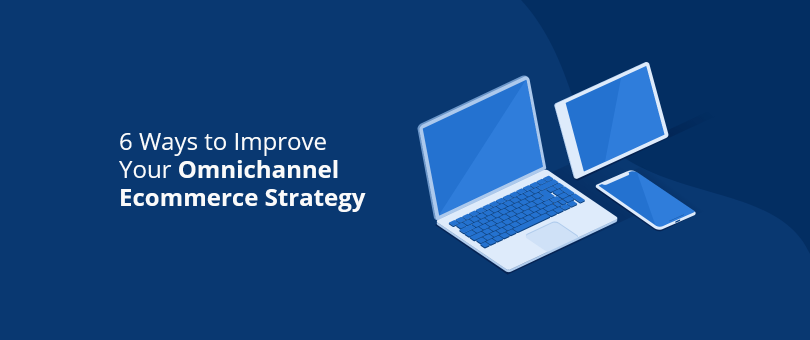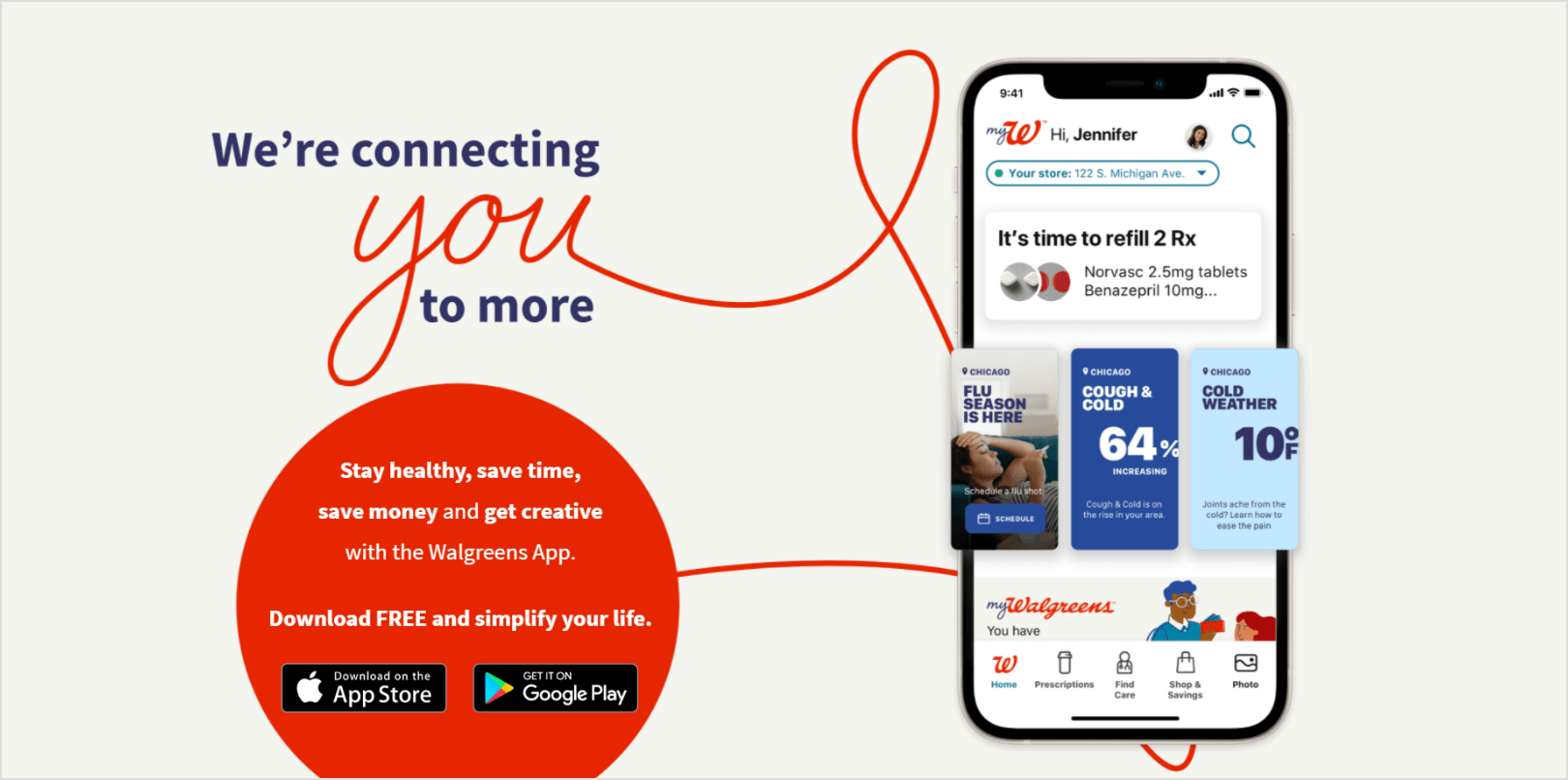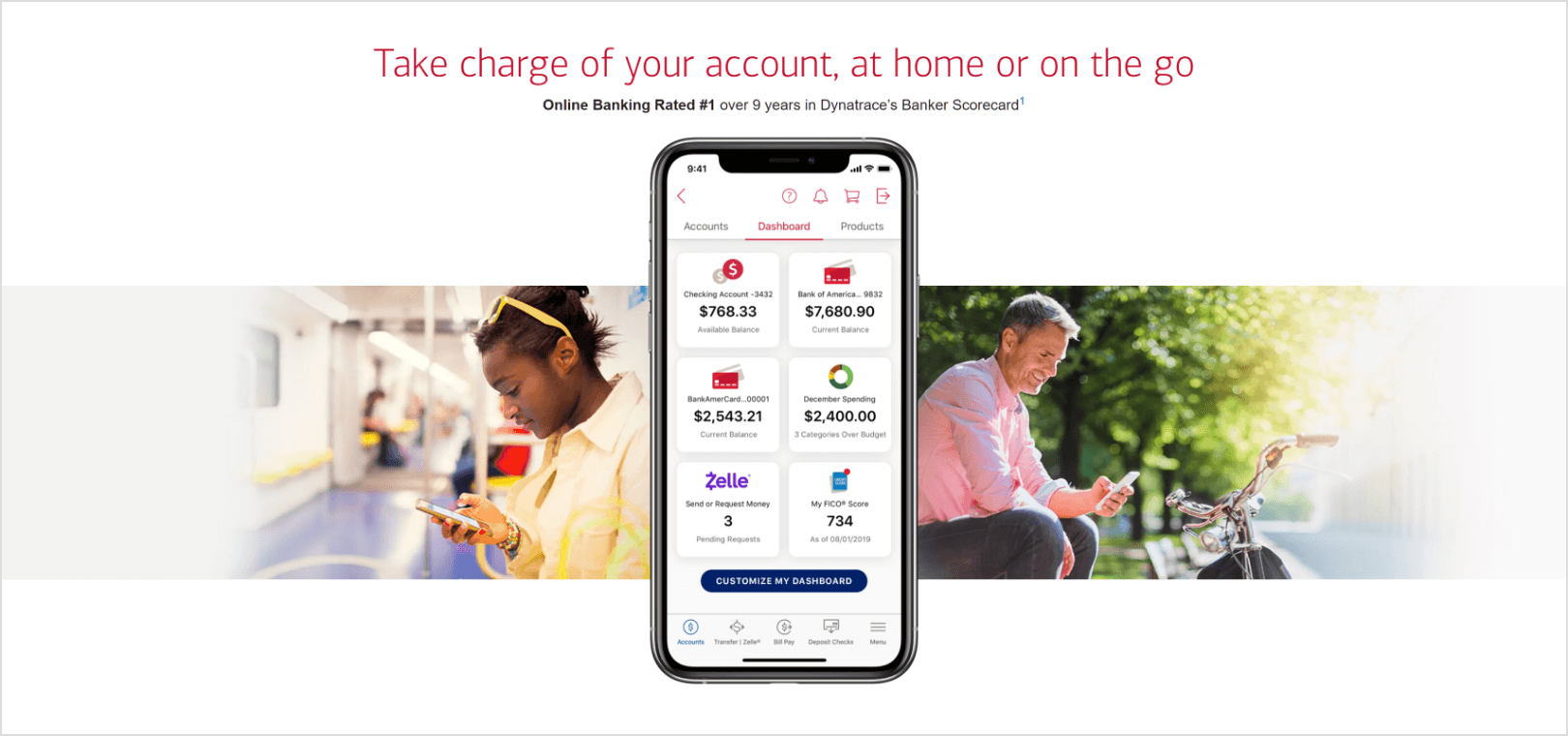Today’s consumers use a variety of channels to interact with businesses, and they usually use them simultaneously. People often begin browsing online on their phones. Then they may go to a brand’s social media account or check the reviews page on their website to see what others have to say. They may return to the online shop, still on their phones, save some items in their favorites list, then move to their laptop to complete their order. And guess what, they want to be able to do all of this without having to start the process all over again just because they have switched between devices and platforms.
So, if you are looking to improve your eCommerce customer experience, have better interactions and strengthen the relationship with your clients, then improving your omnichannel marketing strategy can be valuable to your organization.
Omnichannel is one of the buzzwords circling around in the marketing world. The term is defined as a cross-channel strategy to sales, marketing and communications. In this approach, the goal is to create a cohesive customer experience across a variety of channels – whether it’s a website, mobile app or social media platform.
The difference between omni- and multi-channel is the depth of integration. In a multichannel environment, users can access various communication channels and engage with content on multiple platforms. However, these are often used separately and don’t provide an interconnected user experience. When it comes to omnichannel, all platforms are synchronized with one another, so users can navigate on them interchangeably.
To use this approach successfully, it’s crucial that your marketing goals, messages and design are aligned across channels and devices. If these aren’t working in cooperation, there’s no omnichannel experience.
We know that implementing and improving such a strategy is not an easy task. Hence, in this article, we share with you why an omnichannel approach to eCommerce can be beneficial to your business, and we have outlined 6 ways to help you refine it.
1. Detail the Customer Journey
The key to successful omnichannel integration is to view customer touch-points as part of a whole cycle. According to McKinsey, companies often fail to execute an effective cross channel transformation because they are unaware of clients’ true preferences and needs across the stages of the customer journey. So, updating your omnichannel approach can help you address the changing habits of digital shoppers, manage operational costs and provide an outstanding user experience.
An improved cross-channel strategy calls for a detailed understanding of what consumers really want. Their individual customer journeys are a series of exchanges between traditional and digital channels and can vary depending on the buyer persona.
Hence, it’s important that your omnichannel strategy follows clear overarching principles and objectives, and that your business processes are organized in a unique cross-platform infrastructure.
These improvements require coordination between company departments and the use of optimized technology capable of supporting a seamless e-shopping experience. On one hand, your customer and technical support teams should be equipped with proper problem solving and communications skills. And on the other hand, they should have access to technology that can transfer shopping data across business units. These will support your business’ cross channel interactions optimally when customers engage with your brand in real time.
2. Design the Ultimate Omnichannel Experience
When hearing the word omnichannel, many assume that it means being present everywhere around the web. However, today’s digital world is quite overcrowded and companies should be careful not to spread themselves too thin. So, while updating your ecommerce omniplatform strategy, you should be mindful about which channels you use and the role they play at the different points of contact between your prospects and your brand.
Here are three areas to derive insights from.
Discover Why Customers Come to You
Knowing why prospects come to you can help you understand which channels to include in your strategy. After you have detailed the customer journey and looked at the stages of awareness, consideration, purchase, use and support, you will see which channels should be improved to ensure a seamless user experience at each stage.
The Starbucks reward app has one of the best omni-channel experiences out there. It provides its customers with a free rewards card that can be used whenever and wherever. It can be used online, by phone, app, or in-store.
When a client makes a change to the card it is updated instantaneously across all channels. This makes getting a coffee that much easier because you can top up your card at any point and use it right away.
Improve Channel Performance by Analyzing Customer Behaviour
Take advantage of all the consumer behaviour analytics tools that you are probably already using. These would allow you to monitor which of your channels are visited more frequently and keep track of the actions users take on them.
Additionally, you can use customer relationship software to have an overall image of how each channel is performing. This tool can alert you to when updates need to be made and help you identify ways to improve your overall omnichannel experience.
For example, the beauty brand Sephora has improved their omnichannel strategy by allowing its customers to look items up online and virtually try products on, with the help of a digital software. The product can then be added to their wish list and shoppers can buy all of the items on it using the mobile app. This feature also assists buyers to narrow their options and monitors the products they plan to buy.
Let Your Customers Reach You in Multiple Ways
According to Forbes, 89% of customers feel frustrated when they have to repeat their queries to multiple customer service team members. Hence, providing frictionless cross-platform communications between your brand and your clients can have a tremendously positive impact on your omnichannel strategy.
You should make sure that the technology you are using for navigating across channels via text, social media, email and instant messaging is sophisticated enough to be able to support an integrated experience. This could mean optimizing the service on mobile devices, improving the response times on live chats, social media and email, and optimizing self service tools.
Let’s look at Walgreens. It has improved its cross channel approach by shifting the majority of its communication onto their mobile app. It allows customers to check and update their prescriptions without having to visit or call their pharmacy. The app also lets them set a reminder when a prescription should be renewed.
3. Add Value to Your Omnichannel Experiences
Today’s consumers are quite demanding. They want a shopping experience that meets their individual needs with instant support. More often than not brands are required to adapt to these particular preferences and provide a support process with no interruptions.
According to Cognizant, the omnichannel shopper generates 21% more profits compared to a single-channel shopper. So, it’s really important that your business can provide integrated experiences that add value for your target audience. To do this, you can design a customer service framework that focuses on enhancing both the processes of the communication and the technology used at the points of information exchange.
Analyze Feedback and Improve
Designing an engaging omnichannel shopping experience requires knowing your prospects well. All client data and feedback should be effectively analyzed to allow you to capture any available opportunity to excel at customer satisfaction.
Businesses that can put themselves in their shopper’s shoes know how to truly offer seamless cross platform shopping that builds customer loyalty.
Leverage the Right Tech
About 4.5% of revenue is lost when technologies, processes and company structures aren’t in total sync with one another. Using the appropriate solution effectively to integrate customer data is very important for a seamless omnichannel experience.
Traditional CRM systems are good for organizing and managing buyer information because they already act as a centralized hub that contains the necessary data about all past, current and potential customers. To optimize it for effective cross-channel application, however, this data should be categorized into separate buyer files, which can then be made accessible to any team and at any stage of the customer journey. Doing so can ensure optimum performance and quick response at all times.
Bank of America really takes omnichannel seriously, setting the standard for an integrated dynamic experience. Through their mobile and desktop apps, clients can check deposits, pay bills, request a card and schedule appointments. The company uses customer journey data and robo-branches to provide a powerful and intuitive technology that helps clients complete their daily banking tasks.
4. Use Adaptive Content
Adaptive content is that which changes depending on factors such as devices (mobile, tablet, operating system), context (time, location) or a person’s personal characteristics (age, language). It’s intended to provide meaningful and tailored content across all channels in a smarter, more automated way. For example, an action button can “click” on a computer, “tap” on a mobile phone or tablet, and “say select” on a car’s GPS system.
Adaptive content isn’t limited to specific devices or technology. It can be used throughout all channels and it should be planned out and developed using a customer centric mindset.
You can use WordPress (WP) to create adaptive content and easily manage it across platforms. There are plenty of plugins and themes to help you in the process like Mobile Switcher or AddFunc Adaptive Content. What is more, with WP’s new version 5.6 Simone you can even ensure that your content is optimized to follow web accessibility guidelines, in addition to it being tailored to users.
5. Connect Your Channels
Your omnichannel strategy won’t be as effective if the different channels aren’t synchronized. Even though customers have multiple touchpoints with your brand throughout their purchase journey, they expect to have an uninterrupted experience when switching between them. So, it’s essential to provide a seamless integration across channels.
- Ensure you have efficient product-channel sync. If a product is not selling well, it might be because it is on the wrong channel. To avoid this make sure you position it on the appropriate sales channel, so it fits your target audience.
- Differentiate channels according to their purpose. From a communications point of view, match channels with the message you want to send, e.g. you can use social media for informal interactions, newsletters for updates and so on. From a product point of view, complement the selling point with the platform, e.g. if your product has a visual appeal, showcase it on a channel that highlights those features.
- Create synergy between online and offline. In a well-designed omnichannel strategy the physical and digital aspects of your business must compliment each other.
- Take advantage of your analytics tools and monitor customer engagement across various touch points all the way to making a purchase: social media ad impressions, bounce rates, timely responses online comments and reviews, etc.
6. Maintain and Improve
Setting up a well-performing omnichannel for your e-commerce business does require some time, money and resource investment. It may be challenging at first, but it’s worth it in the long-term. It can improve your communications, operations and user experience, keep your customers happy, and build trust and loyalty.
It’s essential that you also keep testing and improving your strategy, use the proper technology and have great synergy between your teams with a focus on continuous optimization, improvement, and innovation. The end game is to create a collaborative cross-channel interaction, where rich, dynamic and seamless experiences are at the core of your business.
Conclusion
Building omnichannel customer experiences is a trend that many businesses are looking into. It opens the door to brands allowing them to improve their processes, innovate their technologies and transform their digital business scene.
Moving from multi-channel to omnichannel can take a lot of time and effort, but it will have a huge and positive effect on your relationship with your customers.
We hope our tips give you more confidence to innovate your eCommerce marketing strategy, build your expertise and create the ultimate cross-channel experience. We would love to hear your feedback along the way, so good luck and may the channels be with you.




